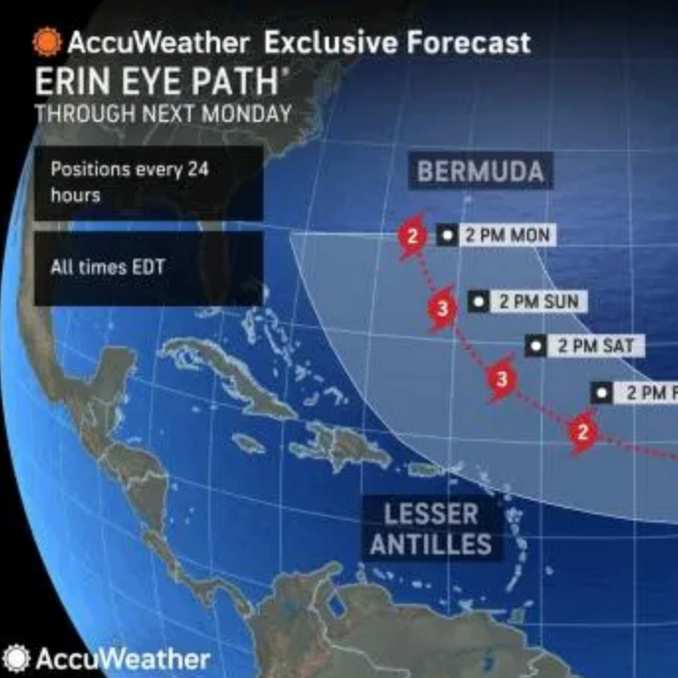80,000 Homes in the New York City Area may be Lost to Flooding in the next 15 Years

A powerful new report from the Regional Plan Association (RPA) lays out a grim but necessary truth: our region's housing crisis and climate crisis are not separate problems—they are inextricably linked, and zoning is at the center of both.
At Eastern Public, we work on the front lines of disaster recovery. We see firsthand the toll of climate-driven floods, and we understand the growing disconnect between where people live and where it's safe to rebuild. As the RPA report highlights, outdated zoning laws across the tri-state area are not only failing to meet current housing demand but are actively pushing development into flood-prone areas. Unless we act, that failure will worsen. By 2040, more than 80,000 homes could be permanently lost to flooding in New York City and its suburbs, with that number potentially doubling by 2070.
Zoning laws today overwhelmingly favor single-family homes and exclude multifamily housing, particularly in suburbs where transit access and job opportunities are greatest. The National Zoning Atlas shows that 85% of residential land in the region is zoned for single-family homes only. In Long Island and Westchester, more than 90% of residential zones prohibit multifamily housing, even near rail stations ideal for smart, transit-oriented growth. This isn’t just a housing bottleneck—it’s a crisis in land use planning.
Meanwhile, climate risk is surging. Coastal and riverine flooding are accelerating, and much of the region's current and future housing stock lies directly in harm's way. According to RPA, 77,000 acres of residential-zoned land could be exposed to chronic flooding by 2040. Flood loss alone could erase 82,000 housing units in just 15 years. Yet our current zoning capacity only allows for about 580,000 new units region-wide—less than half of what will be needed to replace those lost and accommodate future population growth.
To meet the full projected need of 1.26 million additional housing units by 2040, we must rethink zoning with a new mandate: build smarter, denser, and safer. That means legalizing multifamily housing across more communities, reducing minimum lot sizes, and streamlining approvals for infill development near transit and job centers. It also means factoring flood exposure and climate resilience into every local and regional housing plan.
The RPA identifies four strategic land use categories based on smart growth potential and flood risk: Smart Growth Haven, Resilient Refuge, Adaptive Retreat, and Stable Support. Each demands different interventions—from expanding transit-oriented development to pursuing managed retreat where flood risk is highest. What unites them is the need for better alignment between zoning, housing production, and climate adaptation.
We cannot solve our housing crisis if we ignore climate risk. Nor can we build climate-resilient communities without creating enough housing in safe, connected places. The two are deeply interwoven, and solving one requires addressing the other.
At Eastern Public, we not only urge policymakers, planners, and property owners alike to treat this challenge with the urgency it demands, but we assist them to accomplish these goals. Zoning reform isn’t just a policy debate. It’s a matter of long-term safety, equity, and sustainability. Communities across our region are already facing difficult choices in the wake of rising floodwaters. The time to adapt is now—before more homes are lost, more people are displaced, and the gap between housing need and zoning capacity becomes insurmountable.
To learn more and read the full RPA report, visit rpa.org.
______
Brian Evans is the CEO of Eastern Public LLC, a leading insurance claims and risk management firm based in New York City. A recognized authority in the field, Brian is a court-certified expert witness and a court-appointed insurance appraisal umpire. He also serves as an officer of the National Association of Public Insurance Adjusters and as Vice President of the New York Public Adjusters Association. For more information visit EasternPublic.com
Our Work
News & Press







